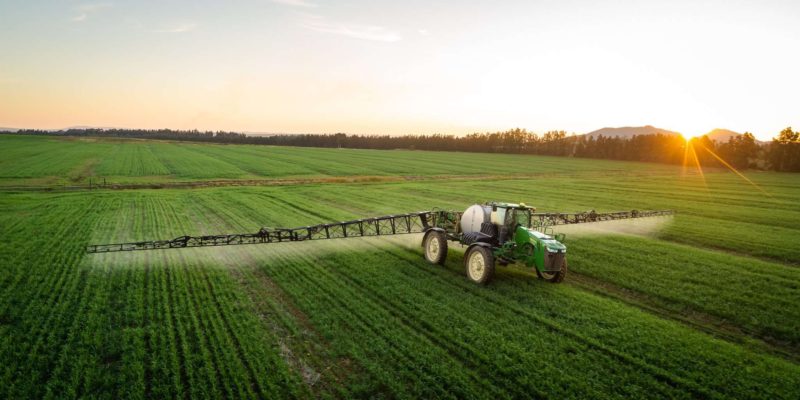The recent signing of the Expropriation Act marks the end of the four-year-long legal battle between Saai and the Department of Land Affairs and Rural Development. The Act has now forced organizations advocating for landowners’ rights, particularly family farmers, to fully commit to protecting them against the application of “discount clauses” and other adjustments that could devalue compensation, ultimately facilitating the state’s pursuit of nil compensation.
Under this Act, expropriating authorities, including corrupt municipal officials, can now justify expropriation by citing the “public interest” or by claiming a valid land dispute on a specific farm.
The Act’s Legal and Financial Implications for Landowners
The Constitution allows for an unspecified amount to be deducted from market value when deemed in the public interest. Factors such as the current and historical use of the land, the history of its acquisition, and government investments in its development (e.g., boreholes, irrigation schemes) can all influence the deduction. For instance, if a previous landowner obtained government subsidies in the past—such as an Agricultural Credit Board loan to extend a dam or build laborers’ quarters—the expropriating authority can argue that the government has already contributed to the land’s value and apply these historical investments to reduce the market value, thus avoiding paying twice for the same asset.
The quantum and percentage of these deductions are not clearly defined, and landowners must face a cumbersome and expensive legal process to determine them. Meanwhile, local and provincial government officials, who initiate expropriations, use taxpayers’ money to fund their litigation without facing any personal financial risks.
The Growing Uncertainty Around Land Claims
One of the greatest challenges landowners face is the uncertainty surrounding land claims. Even 27 years after the original cutoff date, South Africa still lacks a finalized list of claimed properties. Since the first reported list of claims in 2002, which included 63,000 claims, the number has now risen to about 83,000. However, these claims represent the number of individual claims, not the total number of affected farms, as one claim can cover multiple properties. An example is the Makgoba land claim in Tzaneen, Limpopo, which affects 775 farms.
In addition, there are 163,000 “new order” land claims filed since 2014, which have been suspended until the 1998 claims are resolved. This ongoing uncertainty is why Saai has pursued legal action to compel the Land Claims Commission and the Minister of Land Reform and Rural Development to release a finalized list of all land claims. Without this list, farmers are hesitant to invest in their properties due to the ongoing risk of expropriation.
Saai’s Legal Success and the Fight for Clarity
For 23 years, successive ministers have provided vague decimal figures reporting the percentage of finalized land claims, yet the department has admitted that it does not have a complete list to verify the progress. In January 2025, Saai achieved its fourth court victory, which included a punitive cost order that now requires the Minister to release the final list of land claims. Failure to do so could result in the minister’s arrest for contempt of court.
While previous attempts were made by the department to settle with Saai, the unexpected signing of the Expropriation Act—coupled with the ANC’s troubling record on expropriation abuse—has heightened concerns for farmers, making any potential settlement seem unlikely.
Trust Deficit in the Expropriation Act
Farmers remain deeply skeptical of the Expropriation Act. They do not trust the national department or local political appointees in municipal offices to act fairly in expropriations. The government’s history of land expropriation below market value only fuels this lack of trust. Some agricultural organizations have tried to reassure landowners by claiming that courts will ensure fair compensation, but these assurances ring hollow. Many of these same organizations have lost credibility by supporting controversial initiatives such as the Agricultural and Agro-Processing Master Plan and BEE-based export criteria for family farms.
The term “weights and balances” used to justify the legislation feels eerily reminiscent of 1994 political rhetoric that promised an end to racial discrimination, only for such policies to become embedded in national legislation.
Farmers’ Scepticism Rooted in Historical Experience
This skepticism is not simply due to anti-transformation sentiments. It is rooted in real experience. Saai itself was born out of the 2018 Akkerland case in Limpopo, where the attempted expropriation of a game farm at just 25% of its market value exposed the lack of support from major agricultural networks. Without assistance from agricultural business networks, Limpopo farmers turned to civil rights groups like AfriForum, Solidariteit, and TLU-SA for financial and moral backing.
The court ruling ultimately sided with the landowner, overturning the expropriation and ordering the Deeds Office to return the title deed. The case revealed divisions among agricultural organizations, some of which prioritized political positioning over the interests of their members.
The Bigger Question: Who Pays for Land Reform?
The debate over land reform is not just an ideological battle; it is a fundamental economic issue. The push for transformation and asset redistribution, without a focus on economic growth and entrepreneurship, poses a significant threat to South Africa’s food security and investment climate. Addressing these challenges requires a balanced approach that considers both the need for land reform and the long-term sustainability of the agricultural sector.


